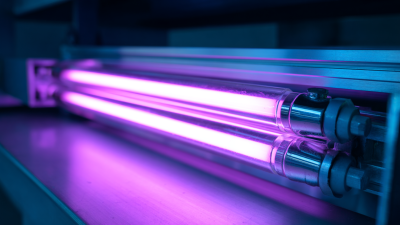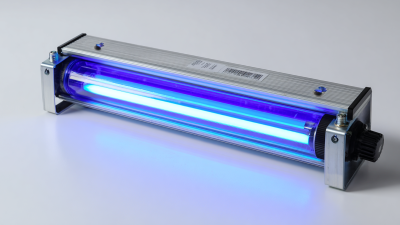Leave Your Message
-
Phone
-
E-mail
-
Whatsapp
In the rapidly evolving landscape of adhesive technology, the selection of the appropriate
UV glue curing lamp is paramount for ensuring the quality
and efficiency of your projects. According to the latest market research by
XYZ Industry Reports, the UV adhesive market is projected to reach
$3.5 billion by 2025, growing at a compound annual growth rate (CAGR) of
7.2%. This significant growth reflects the increasing adoption
of UV curing technologies across various sectors, including automotive,
electronics, and manufacturing. As professionals seek to enhance
productivity and achieve superior bonding results, understanding the specifications and features
of UV glue curing lamps becomes essential.
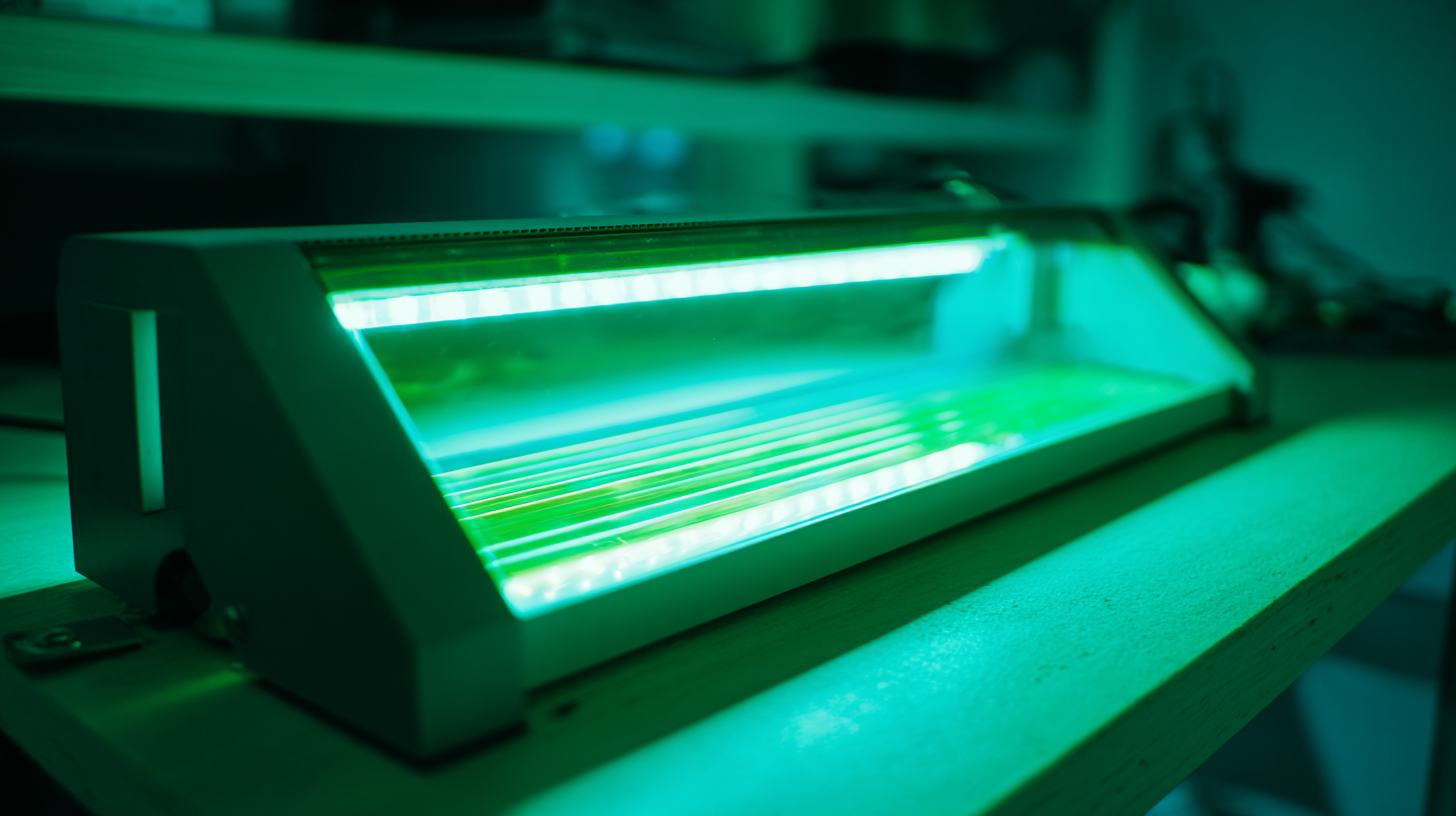 From wavelength compatibility to power output and lamp longevity, making an informed choice can
dramatically influence the performance and durability of adhesive applications. This article
aims to guide you through the critical factors to consider when choosing the right UV glue
curing lamp for your specific needs, ensuring that you achieve optimal results in your projects.
From wavelength compatibility to power output and lamp longevity, making an informed choice can
dramatically influence the performance and durability of adhesive applications. This article
aims to guide you through the critical factors to consider when choosing the right UV glue
curing lamp for your specific needs, ensuring that you achieve optimal results in your projects.
Ultraviolet (UV) glue curing technology has revolutionized adhesive applications across various industries, thanks to its rapid curing times and strong bond strength. According to a report by MarketsandMarkets, the global UV adhesives market is projected to grow at a compound annual growth rate (CAGR) of 8.3% from 2021 to 2026, driven by their increasing use in packaging, electronics, and automotive sectors. This technology utilizes UV light to initiate a photochemical reaction, allowing adhesives to bond materials almost instantaneously—often within seconds—thus significantly improving production efficiency.
In the electronics industry, for instance, UV curing technology plays a vital role in assembling components such as circuit boards and display screens. A study by Research and Markets indicates that the demand for UV-curable adhesives in electronics is expected to reach USD 3.81 billion by 2027, highlighting their importance in ensuring durability and performance in electronic devices. Furthermore, in sectors like woodworking and furniture production, UV glue curing allows for seamless finishes and quick turnaround times, enhancing both aesthetics and functionality. Given these applications, understanding the nuances of UV glue curing technology is essential for selecting the right UV glue curing lamp tailored to specific project needs.
When selecting a UV glue curing lamp for your projects, it's essential to consider several key factors that ensure optimal performance. The type of UV light emitted is paramount; lamps typically utilize UV-A, UV-B, or UV-C wavelengths, each suited for different adhesives. According to a recent industry report by the Adhesive and Sealant Council, UV-A, emitting wavelengths between 320-400 nm, is the most common choice for curing UV-sensitive adhesives efficiently. Not only does it yield faster curing times, but it also promotes stronger adhesive bonds.
Another critical factor is the power output of the lamp, usually measured in watts. Higher wattage generally translates to quicker curing, making it ideal for high-volume production settings. However, the efficiency of the lamp and its ability to distribute UV light evenly across the surface can also impact curing effectiveness. Data from industry surveys indicate that lamps with a higher UV dose (measured in mJ/cm²) significantly increase the curing quality and performance of adhesives used in various applications, from electronics to woodworking.
**Tips**: Always verify that the lamp matches the specific curing requirements of your adhesive, as using an inappropriate wavelength can result in subpar bonding. Additionally, consider the longevity and maintenance of the lamp. UV lamps typically have a lifespan of 1,000 to 5,000 hours depending on the model, so choose one with a reliable warranty that offers good longevity to maximize your investment.
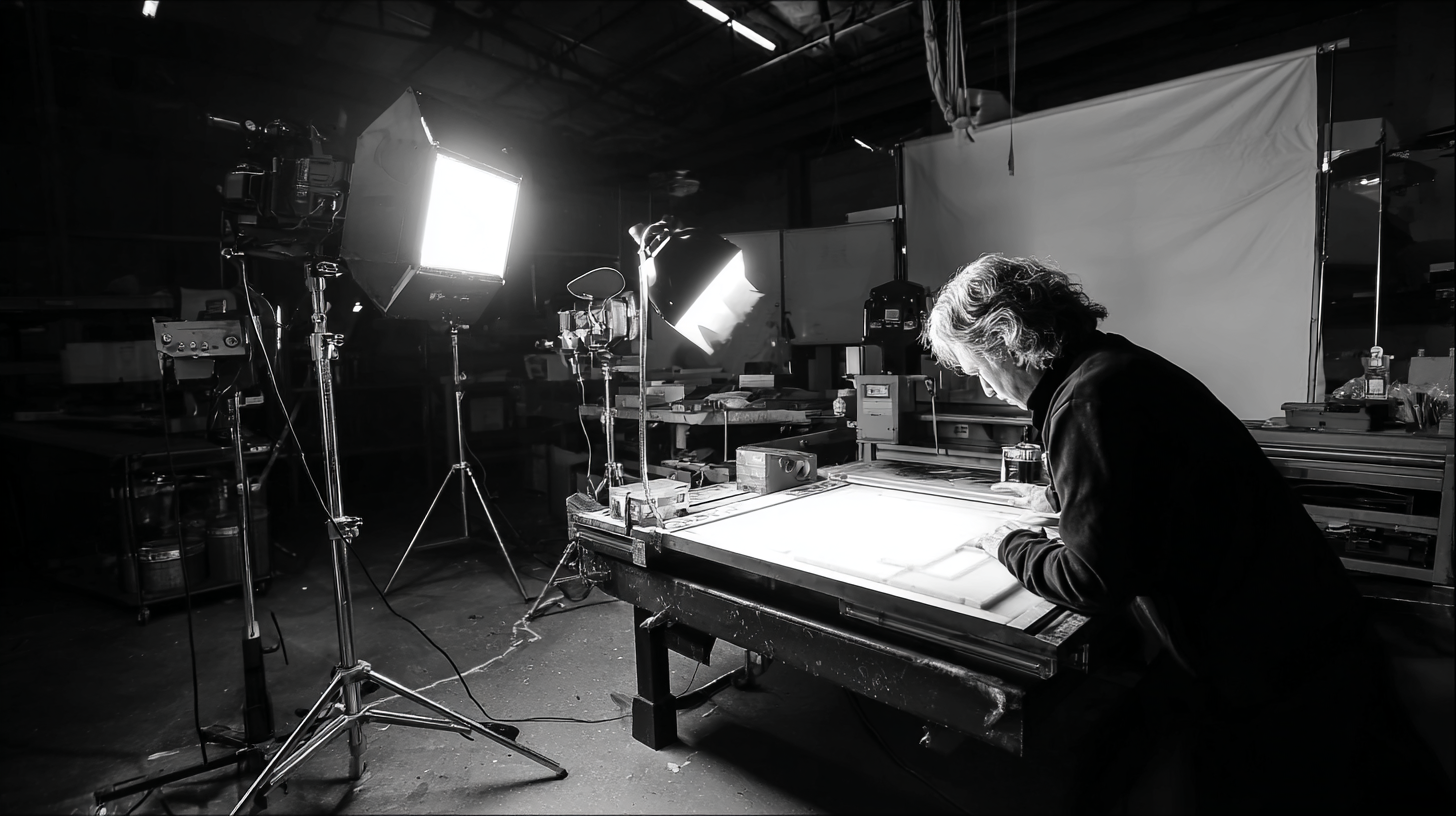
When selecting a UV glue curing lamp, understanding the UV light spectrum is crucial for optimizing curing efficiency. UV light is divided into several bands, primarily UVA, UVB, and UVC, each serving different purposes in the curing process. UVA, with wavelengths between 320 to 400 nanometers, is commonly utilized in adhesive curing due to its ability to penetrate deeper into materials. This band ensures a more thorough curing process, making it ideal for clear and pigmented adhesives.
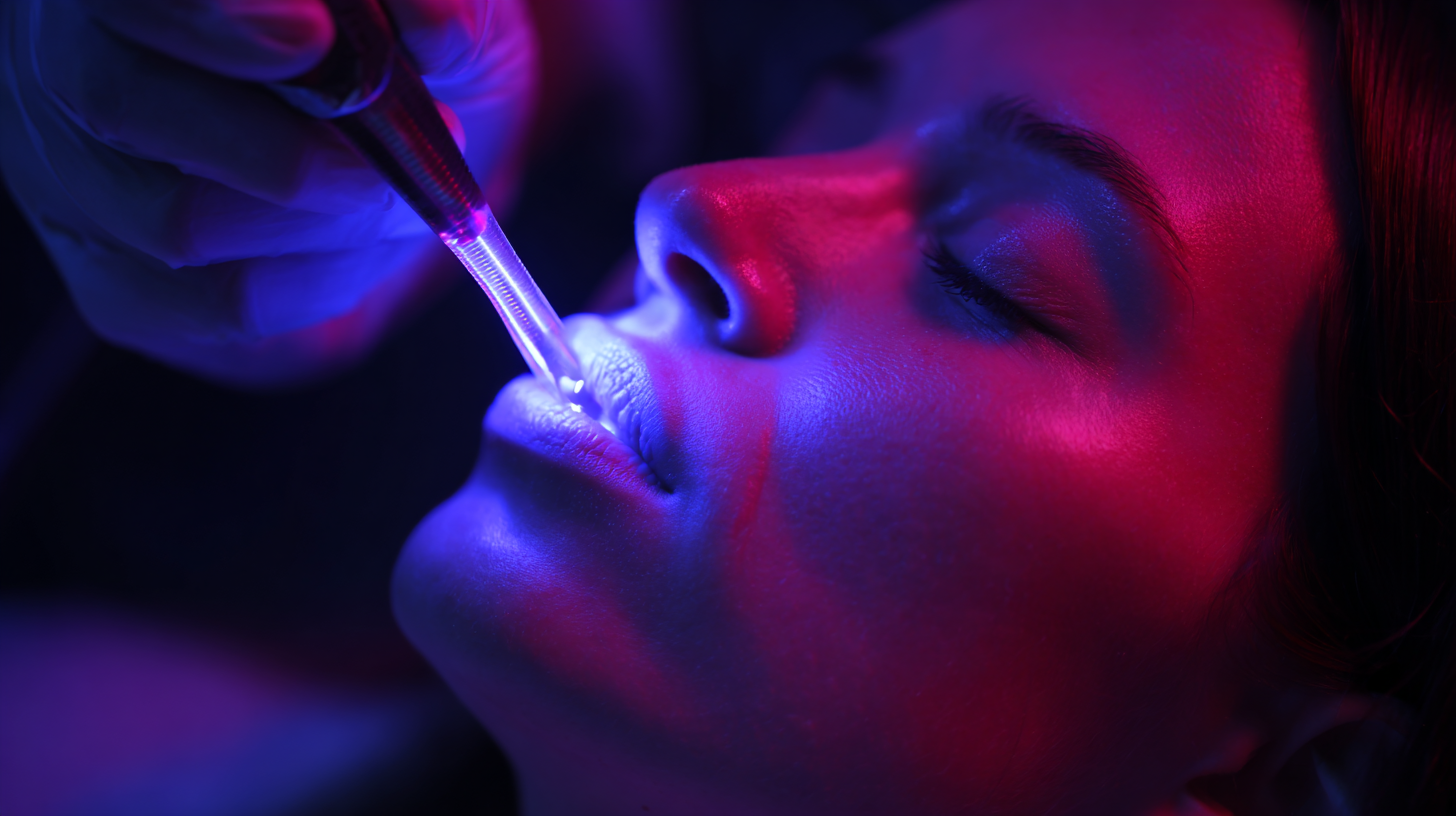
Comparative studies reveal that UVB and UVC, while effective in some applications, may not provide the same depth of penetration as UVA. However, UVB, with a shorter wavelength (280-320 nanometers), can accelerate curing times for certain adhesives, making it beneficial for rapid projects. Conversely, UVC (100-280 nanometers) is more suited for sterilization processes rather than adhesive curing. Therefore, when choosing a UV curing lamp, evaluating the specific UV spectrum it emits will directly impact the efficiency and quality of your project outcomes, ensuring that the correct wavelength matches the adhesive’s requirements for optimal performance.
When selecting the right UV glue curing lamp for your projects, understanding the differences between LED and mercury vapor lamps is crucial. LED lamps are increasingly popular due to their energy efficiency and longevity, offering an operational lifespan of up to 25,000 hours compared to only around 1,000 hours for mercury vapor lamps. Recent industry studies show that LED technology can reduce energy consumption by up to 75%, making them more cost-effective in the long run.
On the other hand, mercury vapor lamps provide higher intensity and coverage, which can be beneficial for larger projects or thicker materials that require deeper curing. They emit a wider spectrum of UV light and can cure certain adhesives more effectively, making them a go-to choice in specific industrial applications. However, the environmental concerns and disposal regulations surrounding mercury-based products can be a significant drawback.
**Tips:** When choosing a lamp, consider the size of your project and the materials involved. For small DIY projects, LED lamps are often sufficient and more environmentally friendly. For larger commercial applications, evaluate the curing time and material thickness to determine if a mercury vapor lamp is needed. Always factor in the initial costs versus long-term energy savings when making your decision.
| Feature | LED UV Lamps | Mercury Vapor UV Lamps |
|---|---|---|
| Wavelength Range | 365-405 nm | 200-400 nm |
| Warm-up Time | Instant On | Requires Time to Warm Up |
| Energy Efficiency | Very High | Moderate |
| Lifespan | 20,000 hours | 3,000 hours |
| Initial Cost | Higher | Lower |
| Safety | Lower UV Radiation | Higher UV Radiation |
| Cooling Requirement | No | Yes |
| Application Type | Ideal for Small Projects | Suitable for Large Area Projects |
When selecting a UV glue curing lamp, understanding the cost-benefit analysis is crucial, particularly when determining your return on investment (ROI) for different project scales. For small projects, a portable UV lamp may have a lower initial cost, but the longevity and durability of more robust models should be weighed against the frequency of use. Ensuring that your choice of lamp can efficiently cure adhesives without wasting time or resources can significantly boost your overall productivity.
**Tips:** Consider the types of UV glue you will be using, as different formulas may require specific wavelengths for optimal curing. Take note of the lamp's wattage and exposure time; a higher wattage can reduce curing time, leading to quicker project turnaround. For larger projects, investing in a higher-capacity lamp might be more economical in the long run, as it can accommodate larger areas and provide consistent results.
Ultimately, achieving the right balance between upfront costs and potential savings in labor and material waste will guide your decision. Don't overlook additional factors such as energy efficiency and replaceable parts, as these can influence your total costs over time while enhancing your ROI.
